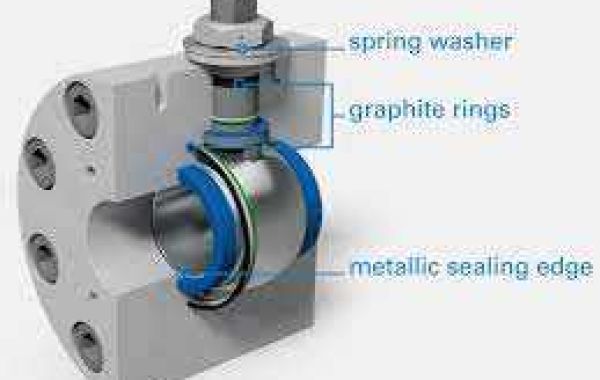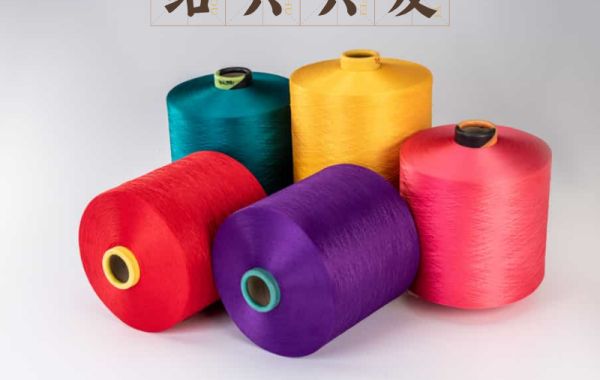A fire-safe ball valve is a type of valve that is designed to prevent the spread of fire in a pipeline. It is typically used in applications where there is a risk of fire, such as in the petrochemical industry. In this article, we will explore how a Fire Safe Ball Valve works and why it is important.
A ball valve is a type of valve that uses a ball-shaped disc to control the flow of fluid through a pipeline. The ball is typically made of metal and is rotated inside the valve body to control the flow. When the ball is rotated so that the hole in the ball aligns with the pipeline, fluid can flow through the valve. When the ball is rotated so that the hole is perpendicular to the pipeline, the valve is closed and fluid cannot flow through.
A fire-safe ball valve is similar to a standard ball valve, but it is designed with additional features to prevent the spread of fire. The main difference between a standard ball valve and a fire-safe ball valve is the addition of a secondary seal.
In a standard ball valve, the primary seal is typically made of a soft material, such as Teflon. This seal is designed to create a tight seal between the ball and the valve body to prevent leakage. However, in the event of a fire, the Teflon seal can melt or burn, which can allow the valve to leak and contribute to the spread of fire.
In a fire-safe ball valve, a secondary seal is added to prevent leakage in the event of a fire. This secondary seal is typically made of a more heat-resistant material, such as graphite or ceramic. When the valve is exposed to high temperatures, the primary seal will melt or burn away, but the secondary seal will remain intact and prevent leakage.
In addition to the secondary seal, fire-safe ball valves are also designed with additional features to prevent the spread of fire. For example, the valve body may be made of a fire-resistant material, such as stainless steel. The valve may also be designed with a special venting system that allows the valve to release pressure in the event of a fire, which can prevent the valve from rupturing and contributing to the spread of fire.
The importance of fire-safe ball valves cannot be overstated. In applications where there is a risk of fire, such as in the petrochemical industry, a fire-safe ball valve can prevent the spread of fire and save lives. Without a fire-safe ball valve, a fire in a pipeline can quickly spread and cause catastrophic damage.
In conclusion, a fire-safe ball valve is a type of valve that is designed to prevent the spread of fire in a pipeline. It is similar to a standard ball valve, but it is designed with additional features to prevent leakage in the event of a fire. The main difference between a standard ball valve and a fire-safe ball valve is the addition of a secondary seal. Fire-safe ball valves are important in applications where there is a risk of fire, such as in the petrochemical industry, and can prevent the spread of fire and save lives.








